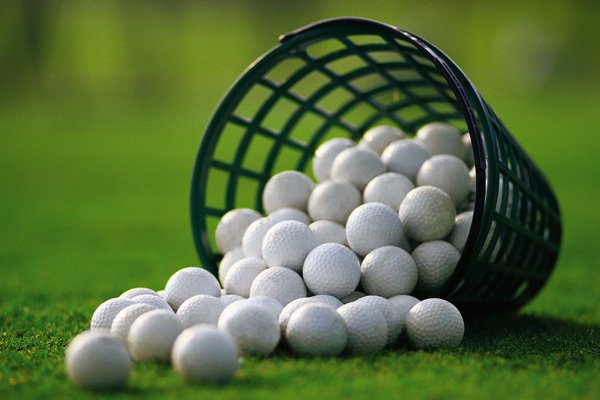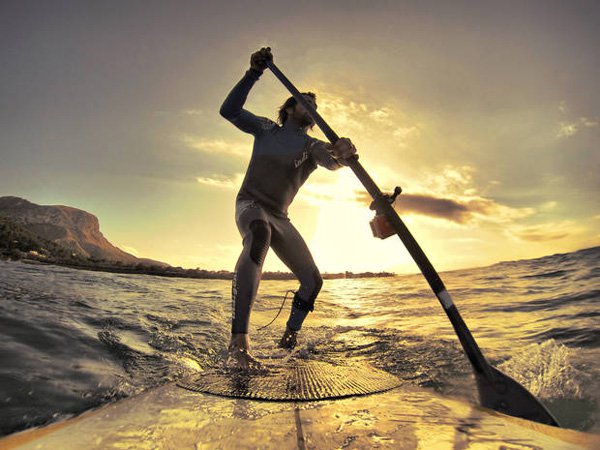Harnell Fly Pole
Question
I recently bought a Harnall Fly Pole from a yard sale, it has a very smooth action, it is a two-part rod with cork handle and what appears to be aluminum reel holder. The label is black and gold, a fish-shaped logo with Harnell in the center with an "R" in the nose. Above the fish are the words "A genuine" and below the fish states "Venice, Calif". Behind the tail of the fish is #655. Is there anything you can tell me about the history and value of this rod? I am in no way looking to sell it I am just curious if I should put it away or use the heck out of it as I have my others.
Answer
Hello Donald,
I answered this question a few days ago but I must not have successfully submitted it...forgive the time lapse.
Donald, my area of expertise is NOT antique rods and reels but for some reason, the questions continue to come in on a daily basis.
Harnell was a rod manufacturer from Southern California...yep, Venice, that produced fiberglass rods from the post WWII era; about 1945 until the early 1970's. They were very popular on both coasts and became somewhat dominant as a premium rod amongst the west coast anglers that fished the "party" boats for the numerous species in these waters.
I have had a tough time finding any listing for the model 655 and the only Harnell that I worked on that was close - a 644 was not a flyrod, but a spinning rod that was used to fish the corbina and barred perch in the Southern California surf. I cannot recall seeing a flyrod model come through the shop for repair or refurbishment...quite obviously, they were made because you now own one.
What is the length? What type of guides? 8 or 9 feet was the common size for flyrods in the early 1960's and there was a major move from split cane to tubular fiberglass rods during those years. The guides would have been snake-style with the first guide or stripper, probably being chromed brass that might possibly have been lined with an onyx or garnet ring insert.
The grip being of cork would be consistent and the reel seat was more often chromed brass or german silver. Since the rod you have appears to have an aluminum seat, that tells us that the rod was marketed to the middle class anglers as an affordable alternative to split cane. The action is most likely slow to moderate and without the reel mounted, probably feels quite top heavy.
If you are fortunate enough to have found a rod in which the resins have not cured to "brittle", you may have a fun rod to fish with.
As far as collectors go, a Harnell afficianado may want your model rod in a collection but I DO NOT offer any estimate of value. Fishing antiquities are only worth what a buyer is willing to pay. If I were to offer a value without fully assessing the rod and it's condition first-hand, it would be a great disservice to collectors and true appraisers...and you. Forgive me.
I have had the opportunity to custom wrap a few Harnell blanks as "Jig Sticks" for west coast anglers in 8 and 9 foot versions and have fished a few on the yellowtail as well. They proved to be VERY strong, dependable rods and had some "cuts" or actions that have been hard to match by the greats of today like Cal Star, Fenwick and the Original Cal-tackle "Sabre" line of rods and blanks. Harnell faded from the scene in the Early seventies. I will be researching the company even more.
Hope this was a help. Now get out and do some fishing!
Rod Valuation
pentangle (five sided ) solid glass bait casting W&M rod


